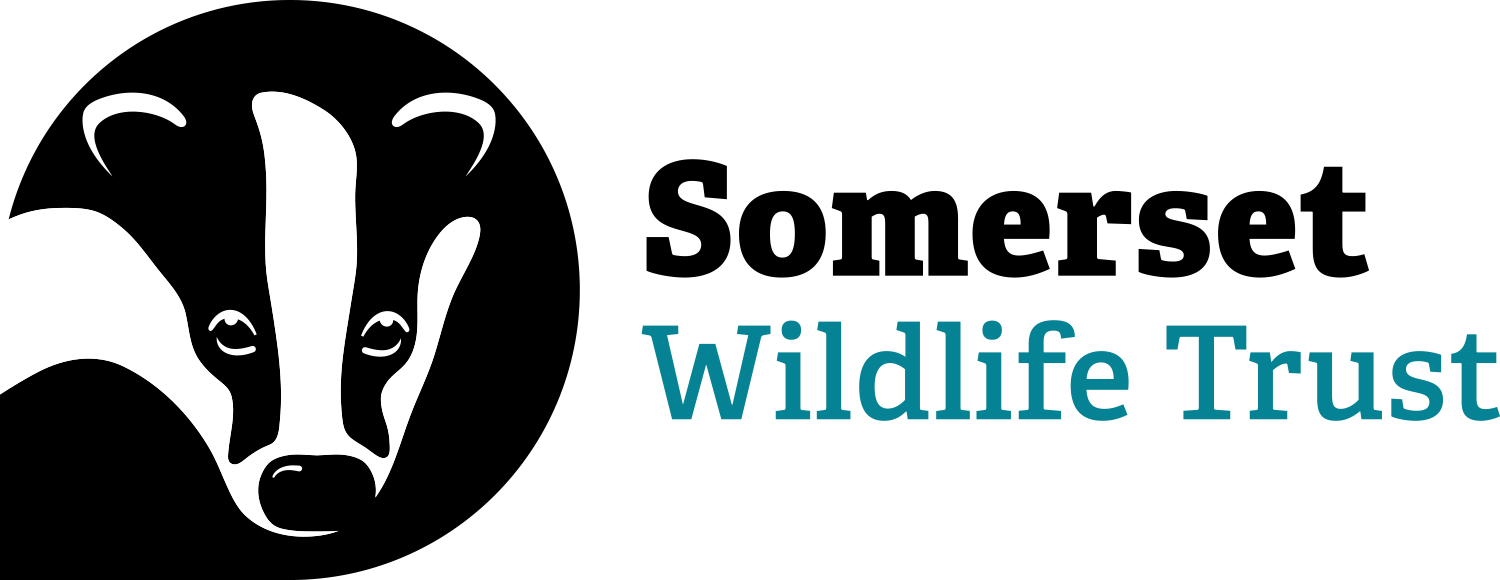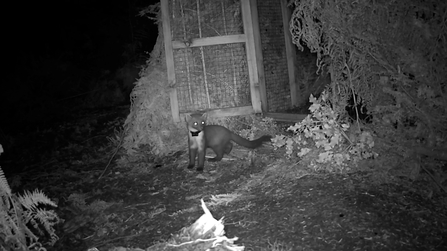9 female and 10 male animals were released during September at secret locations owned by the National Trust and Forestry England. The releases mark the return of an animal which was once common locally, but which was lost due to hunting and the decline of its favoured woodland habitat.
The release of pine martens – a small cat-sized, woodland dwelling animal which belongs to the weasel (mustelid) family – is the work of the Two Moors Pine Marten Project and supported by The National Lottery Heritage Fund.

